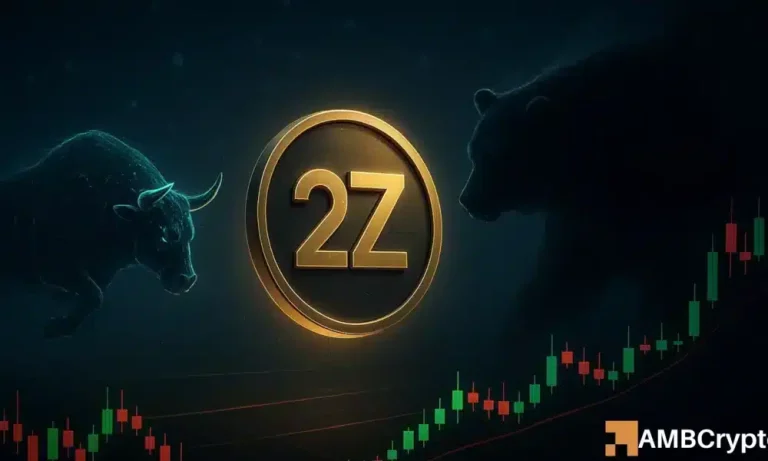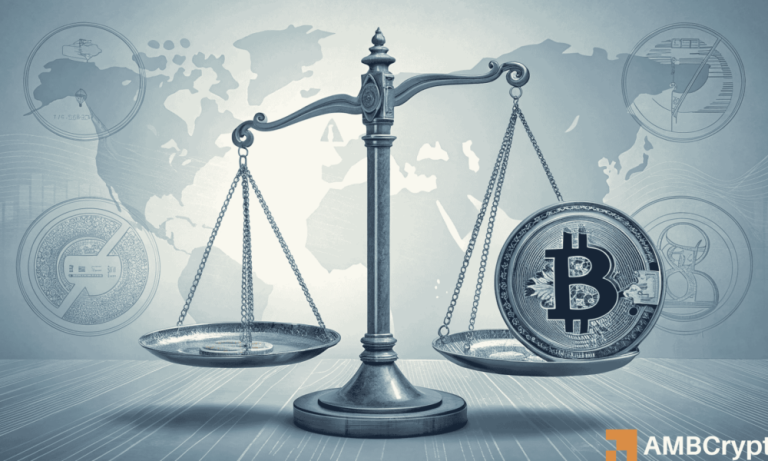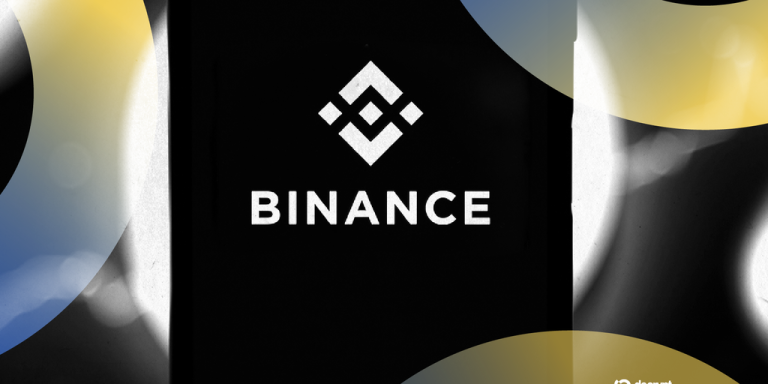
Navigating the Future: Emerging Trends in Fintech Technology
Introduction to Fintech

Fintech, or financial technology, refers to the use of technology to improve and automate financial services. The term encompasses a wide range of products, services, and technologies, from mobile payments and digital wallets to blockchain and artificial intelligence. Fintech has been gaining traction in recent years, with the global fintech market expected to reach $124.3 billion by 2025. Emerging Trends in Fintech Technology is the focus keyword of this article.
The fintech industry is rapidly evolving, with new technologies and innovations emerging all the time. Some of the key trends in fintech include the use of artificial intelligence and machine learning, the rise of blockchain and distributed ledger technology, and the increasing importance of cybersecurity. These trends are transforming the financial landscape, enabling faster, more secure, and more efficient financial transactions.
Artificial Intelligence and Machine Learning in Fintech

Artificial intelligence (AI) and machine learning (ML) are two of the most significant trends in fintech today. AI refers to the use of computer systems to perform tasks that would typically require human intelligence, such as data analysis, pattern recognition, and decision-making. ML is a subset of AI that involves the use of algorithms to enable machines to learn from data and improve their performance over time.
In fintech, AI and ML are being used to improve a range of financial services, from credit scoring and risk assessment to portfolio management and investment advice. For example, some fintech companies are using AI-powered chatbots to provide customer support and help customers with their financial queries. Others are using ML algorithms to analyze large datasets and identify patterns and trends that can inform investment decisions.
Blockchain and Distributed Ledger Technology

Blockchain and distributed ledger technology (DLT) are another key trend in fintech. Blockchain refers to a decentralized, digital ledger that records transactions across a network of computers. DLT is a more general term that refers to any technology that enables multiple parties to record and verify transactions without the need for a central authority.
In fintech, blockchain and DLT are being used to enable secure, efficient, and transparent financial transactions. For example, some fintech companies are using blockchain to facilitate cross-border payments, while others are using DLT to create decentralized lending platforms and digital asset exchanges.
Cybersecurity in Fintech

Cybersecurity is a critical issue in fintech, as financial institutions and fintech companies are vulnerable to cyber threats and data breaches. In recent years, there have been several high-profile cyber attacks on financial institutions, resulting in significant financial losses and reputational damage.
To mitigate these risks, fintech companies are investing heavily in cybersecurity measures, such as encryption, firewalls, and intrusion detection systems. They are also implementing robust security protocols, such as multi-factor authentication and secure data storage, to protect sensitive customer data.
Conclusion

In conclusion, the fintech industry is rapidly evolving, with emerging trends and technologies transforming the financial landscape. Artificial intelligence, machine learning, blockchain, and cybersecurity are just a few of the key trends that are shaping the future of finance. As the fintech industry continues to grow and mature, we can expect to see even more innovative products, services, and technologies emerge.





